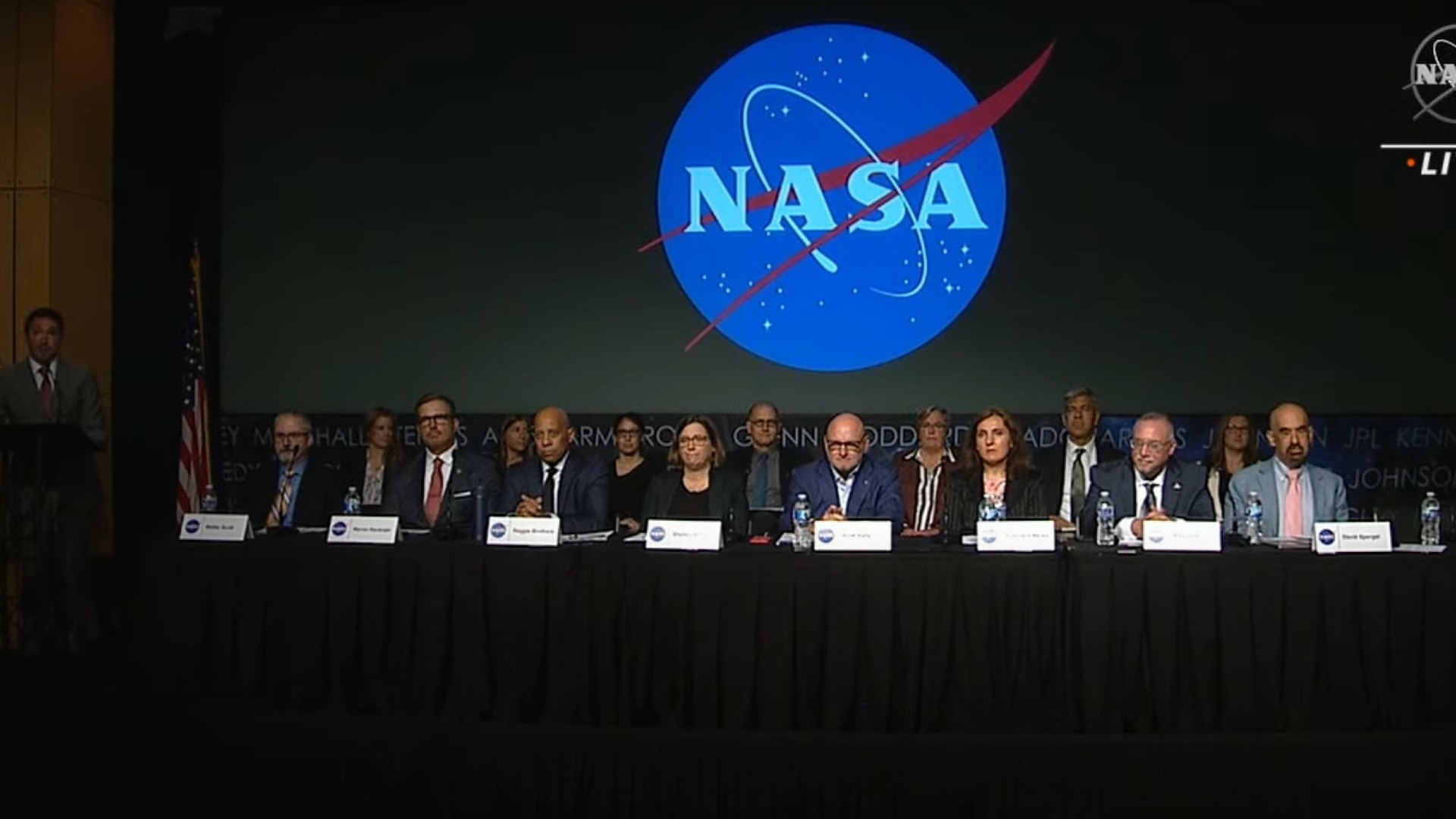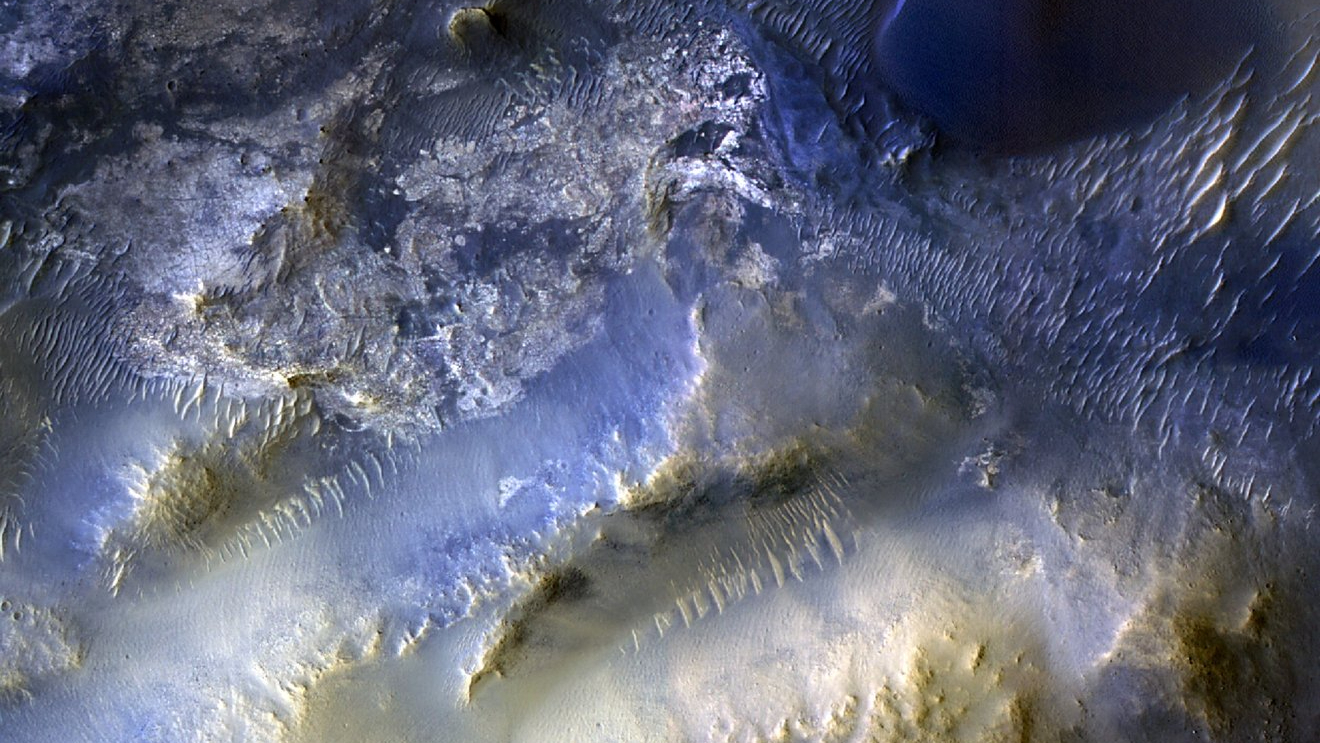NASA's UFO study team to announce results Sept. 14. Here's how to watch live.
'It provides an opportunity for us to expand our understanding of the world around us.'
Update for 10:28 a.m. EDT: NASA's first report by its UAP study team has found no evidence of extraterrestrial origins of UAP reports. Read our full story from today's media conference.
NASA's independent UFO study team is ready to share its findings.
The agency commissioned a panel of experts in 2022 to examine data related to unidentified anomalous phenomena (UAP), a new term for UFOs that now encompasses abnormal objects or events in the sky, underwater or in space that can't be immediately identified. Now, the team is set to release its first report on Thursday (Sept. 14) that will offer suggestions to NASA on how to better collect and analyze data that might help explain the nature and origin of UAP. The agency is quick to note that the report is "not a review or assessment of previous unidentifiable observations," according to a NASA statement announcing the briefing.
NASA leaders, including agency administrator Bill Nelson, will join the chair of the UAP study group, David Spergel, president of the Simons Foundation, to host a briefing on the group's first report at 10 a.m. EDT (1400 GMT) on Thursday. You can watch it live here at Space.com courtesy of the agency or on NASA TV.
Related: UFOs will remain mysterious without better data, NASA study team says
NASA's 16-person UAP study team includes former astronaut Scott Kelly, a wide variety of scientific experts from academia, the aerospace and aviation industries, and one science journalist.
NASA's independent UAP study team has held one public meeting already, on May 31. During that meeting, the group of experts largely discussed ways that better data can be collected to help dispel some of the mystery surrounding UAP. One common theme of the meeting was the need for more and better information. The current UAP data dearth is caused in part by the fact that the capabilities of many of the advanced sensors operated by the U.S. government and military remain classified.
Breaking space news, the latest updates on rocket launches, skywatching events and more!
Despite the lack of definitive data, NASA's Dan Evans stressed in the May 31 meeting that studying a topic such as UAP fits within the agency's scientific purview. "First and foremost, it provides an opportunity for us to expand our understanding of the world around us," Evans said. "This work is in our DNA."
The topic of UAP/UFOs has been frequently discussed in the federal government in recent years. In July, two former U.S. military aviators gave testimony concerning encounters with bizarre objects that occurred in controlled U.S. airspace.
A third witness at the hearing, former Pentagon intelligence officer and U.S. Air Force veteran David Grusch, told the House of Representatives' Subcommittee on National Security at the Border and Foreign Affairs that the U.S. government is hiding the existence of a "multi-decade UAP crash retrieval and reverse-engineering program" and that "biologics came with some of these recoveries."
When pressed for clarification about the identify of these "biologics," Grusch clarified that he meant "non-human."
These claims contradict the head of the Pentagon's new All-Domain Anomaly Resolution Office, Sean Kirkpatrick, who told the United States Senate Committee on Armed Services in April 2023 that his group has found "no credible evidence thus far of extraterrestrial activity, off-world technology or objects that defy the known laws of physics."
"The majority of unidentified objects reported to AARO demonstrate mundane characteristics of balloons, [uncrewed] aerial systems, clutter, natural phenomena or other readily explainable sources," Kirkpatrick told the committee.

Brett is curious about emerging aerospace technologies, alternative launch concepts, military space developments and uncrewed aircraft systems. Brett's work has appeared on Scientific American, The War Zone, Popular Science, the History Channel, Science Discovery and more. Brett has degrees from Clemson University and the University of North Carolina at Charlotte. In his free time, Brett enjoys skywatching throughout the dark skies of the Appalachian mountains.

